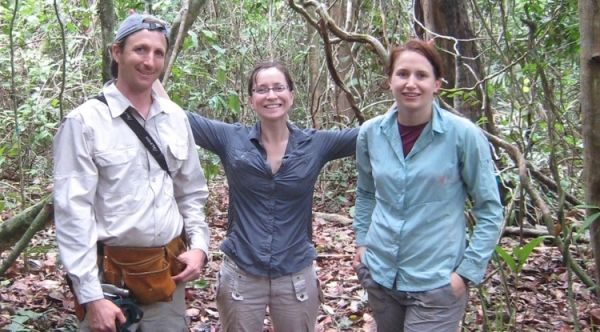University of Arizona ecology and evolutionary biology processor Brian Enquist and former doctoral student Vanessa Buzzard trekked across the Americas: from moist, tropical jungles in Panama to the frigid boreal forests in Colorado to the wet temperate forests of the Pacific Northwest. Along the way, they collected soil samples, enveloped trees in belts to measure growth on a fine scale, and planted sensors that continue to collect data on soil moisture and temperature, which varies widely between forests.
“Temperature influences many ecological processes and has been used to explain patterns of biodiversity for over a century; however, we still don’t have a clear understanding of how temperature influences the functioning of ecosystems,” Buzzard said.
But by measuring and comparing the traits of diverse species to understand how they function in their environment across a range of temperatures, the team uncovered how temperature influences an ecosystem. They found that temperature drives coordinated shifts in the functional traits between plants and microbes that influence ecosystems, according to Buzzard, who is the lead author on the paper published in Nature Ecology and Evolution on Aug. 19.
Read more at University of Arizona
Image: Brian Enquist, Vanessa Buzzard and Amanda Henderson taking a break from setting up a plot at the Smithsonian Tropical Research Institute Barro Colorado Island in the Panama canal in 2012. (Courtesy: Brian Enquist)


